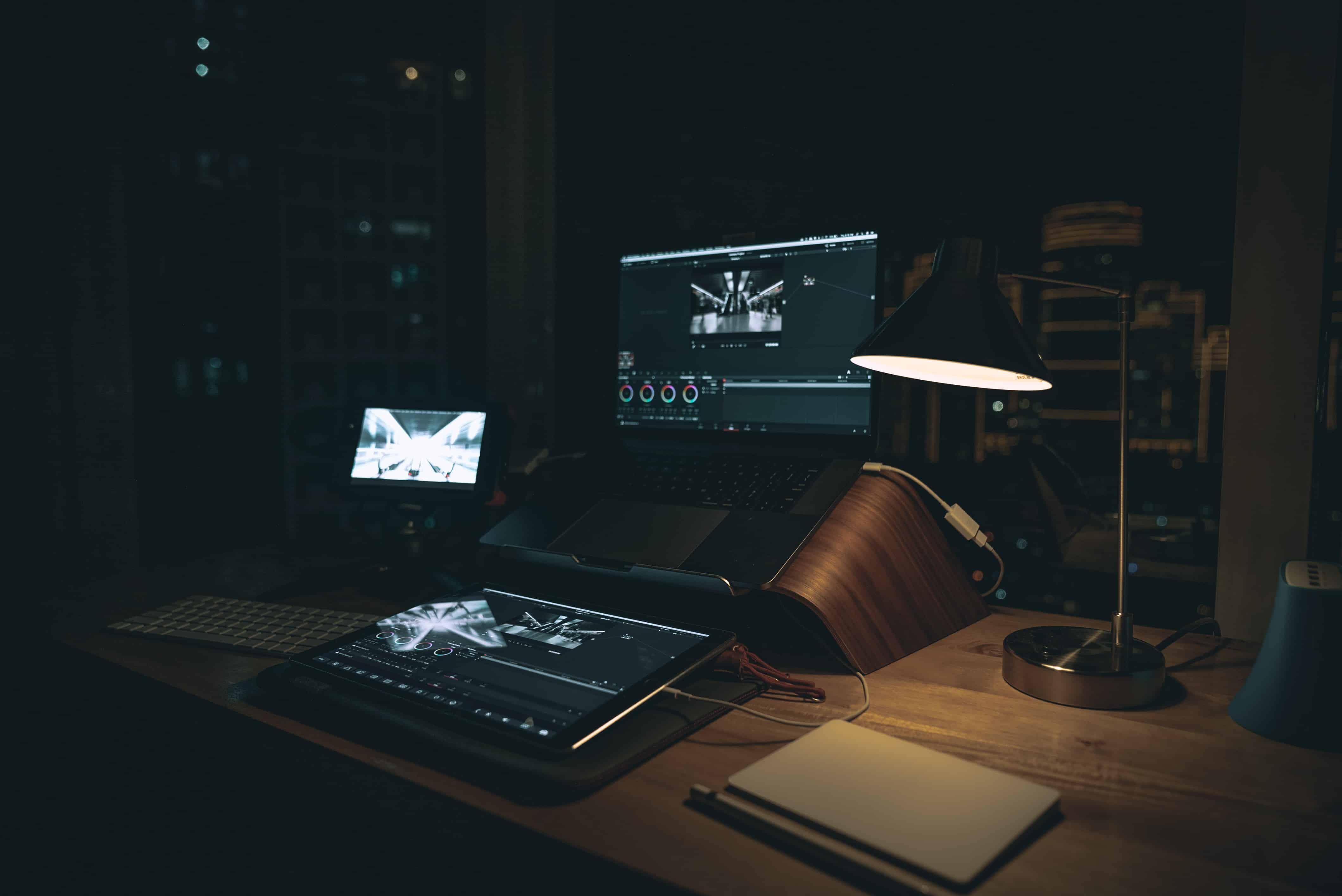The technology revolution has firmly taken hold, impacting virtually every industry. From medicine to retail to education, advanced technology has fundamentally changed the way organizations run, and the legal industry is no exception. Like in many sectors, law firms have had to adapt in order to thrive in this new paradigm and maintain a competitive edge. Courtrooms are also going digital, moving away from traditional tools and adopting more advanced technology to streamline processes. While the legal sector is, traditionally, a conservative one, many organizations are recognizing the benefits of legal tech tools and adapting by incorporating them into their day-to-day operations.
Like with any major change, the emergence of legal tech is not without its challenges. Financial barriers preclude many organizations from finding the budget to add these tools. There is also some resistance from the old guard of the legal industry, who may be hesitant to change the way they’ve done things for decades, for fear of various jobs and tasks being replaced by automation.
Innovative legal tech startups and increased financial investment in the field have propelled the evolution of cutting edge legal technology. These advanced tools have made their mark on legal organizations by lowering operational costs and boosting efficiency through process automation and optimization. They offer the opportunity to revolutionize a number of legal processes while saving time and money, all while enabling more analytic capabilities and allowing lawyers to focus on more strategic – not to mention profitable – tasks.
As the field continues to change, a number of legal technology trends have emerged for both law firms and courtrooms.
Legal Technology Trends for Law Firms
Cybersecurity
The need for increased cybersecurity is a prominent trend in the legal world that has received a significant amount of attention due to a number of notable breaches as well as the enforcement of the GDPR regulations. Law firms handle a large amount of sensitive data, putting them at risk for cyber attacks.
Implementing a cybersecurity solution is the best defense against attackers who themselves are growing more sophisticated as a result of evolving technologies. Because of this increase in digital threats, legal organizations are beefing up their cybersecurity budgets going forward, to secure their networks and confidential information.
Productivity-Enhancing Tools
The main advantages of legal technology for law firms are increased efficiency and reduced costs. In recent years, a number of tools have emerged that are changing the face of the traditional legal organization. Legal tech companies are providing options for firms to improve agility and ultimately win more business from both new and existing clients. Law firm leaders are increasingly turning to productivity-enhancing tools like CRM software, document automation tools, and practice management software to streamline their operations and increase productivity. More examples of these solutions include:
- Document management
- Financial/ERP systems
- Analytics/BI
- Case management
- eDiscovery
The Rise of AI in the Legal Industry
The development of AI technology has revolutionized the world of legal tech. Organizations that leverage the enhanced capabilities that come with AI technology will edge out their competitors going forward. AI technology is at its best when it is accomplishing narrowly-defined tasks and completing time-consuming, repetitive work. But, while machines can process, store and recall information much faster than people, human professionals still need to apply critical thinking to that information. Therefore, by leaving the mundane or tedious tasks to the machines, AI has immense potential to allow law professionals to take on a more strategic role.
AI is positively impacting on a number of different legal technology solutions, including eDiscovery programs, chatbots, and cybersecurity software. Legal transcription technology, in particular, is an area that benefits greatly from developments in AI.
The legal sector heavily relies on audio and video files, as all processes are typically recorded for use in cases – including depositions, evidence-gathering, and court proceedings. All of these files must be transcribed or captioned to maintain accurate records that have the power to make or break a case. An AI-based solution drastically speeds up this notoriously inefficient process, giving legal professionals faster access to precise information so that cases can be solved with greater speed and ease while saving money.
Legal Technology Trends in the Courtroom
Evidence Cameras
This is one of the most important elements in the technology-enhanced courtroom. An evidence camera enables the conversion of physical documents or exhibits into electronic images for display on video monitors in the courtroom, with the ability to enlarge and reduce the image as needed, for better examination of the evidence in question
Legal Transcription Solutions
Due to the trend of increased court workloads, the demand for qualified court reporters has now far surpassed the supply. Since all court proceedings—including hearings, trials, and depositions—must have a reporter present, the most notable effect of the shortage is the delaying of legal processes.
A legal transcription solution, particularly one that is enhanced with AI technology, is quickly emerging as a viable solution to the growing court reporter shortage. When applied to automated speech recognition (ASR) technology, AI has the potential to improve speech-to-text engines to the point that they can transcribe jargon-heavy legal proceedings highly accurately. AI transcription can help court systems with their chronic backlogs by filling in the gaps where there aren’t enough court reporters present, to ensure the speedy delivery of justice.
Digital Recording Technology
The adoption of digital recording technology has become common in courts across the country. Alaska, Indiana, New Hampshire, Oregon, Utah, and Vermont use audio digital recording in all or most of their general jurisdiction court sessions, while many other states are not far behind. This speaks to the positive shift of tech adoption across the board.
The adoption of emerging technology disproves the idea that courts are conservative when it comes to legal tech. It also speaks to the positive trend of adoption of legal technology solutions in all areas of the legal system. While trained professionals, such as court reporters will always remain an integral part of the process, teaming up with legal technology offers long-lasting benefits for the entire court system.
The legal technology market is developing at a rapid pace and it’s clear that we can expect even more innovation in the very near future. All of this boils down to one key conclusion: legal tech isn’t going anywhere anytime soon. Organizations that recognize the benefits and incorporate legal tech tools into their day-to-day operations will maintain a competitive edge over others in the field who may be stuck in the past.




